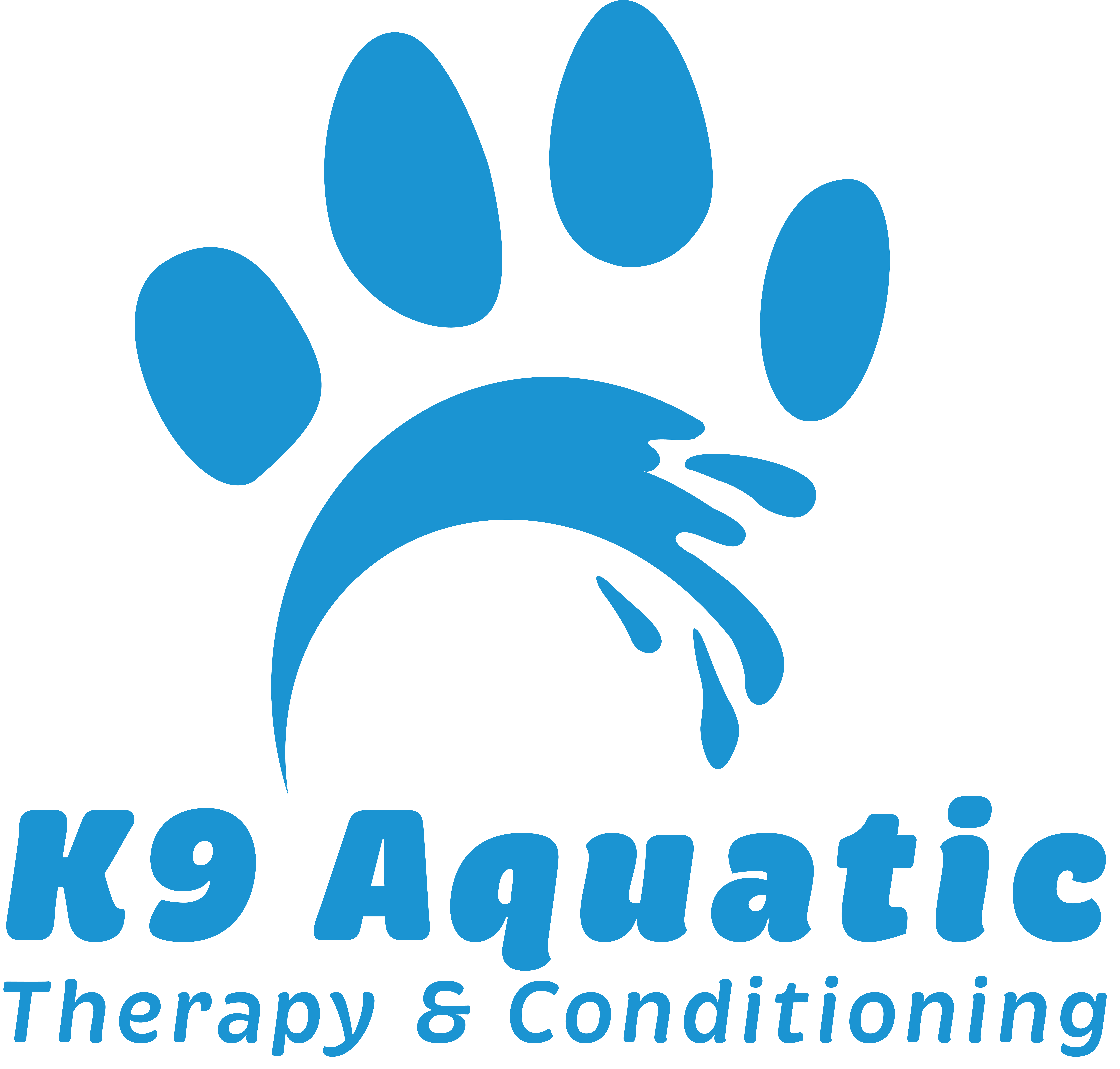Animal hydrotherapy is a therapeutic approach that involves using water to assist and improve the physical well-being of animals, particularly dogs. It is commonly employed to aid in rehabilitation, fitness, or general health maintenance. Hydrotherapy can take various forms, including underwater treadmill sessions, swimming, or controlled exercises in water. The buoyancy of water reduces stress on joints and muscles, making it an effective and low-impact method for improving mobility, muscle strength, and overall fitness in animals. This approach is often used in veterinary care to support animals recovering from surgery, managing chronic conditions, or enhancing their overall physical condition.
Underwater treadmill therapy for dogs involves a specialised treadmill submerged in a water tank. The dog walks or exercises on the treadmill while submerged in water, with the water level adjusted to control buoyancy and resistance. This form of hydrotherapy provides a controlled environment for rehabilitation and exercise.
The buoyancy of the water reduces the impact on the dog’s joints, making it a low-impact exercise. The resistance from the water challenges the muscles, promoting strength and flexibility. Underwater treadmill therapy is often used in veterinary rehabilitation to aid in the recovery of dogs with various conditions, including orthopaedic surgeries, arthritis, neurological disorders, and musculoskeletal injuries.
The therapy allows for tailored exercise regimens, closely monitored by professionals, to improve mobility, muscle tone, and overall well-being in dogs. It is a valuable component of canine rehabilitation, providing targeted support for a range of physical conditions.
Underwater treadmill therapy for dogs offers a range of benefits, including:
- Low-Impact Exercise: Buoyancy in the water reduces the impact on joints, making it an ideal exercise for dogs with arthritis, hip dysplasia, or other musculoskeletal issues.
- Increased Range of Motion: The water’s resistance encourages a broader range of joint motion, aiding in improving flexibility and reducing stiffness.
- Muscle Strengthening: The resistance of water requires more effort from the muscles, helping to build and tone muscle, especially in dogs recovering from surgery or injury.
- Weight Management: The buoyancy of water supports the dog’s weight, making it easier for overweight or obese dogs to exercise without excessive strain on their joints.
- Improved Cardiovascular Fitness: Controlled underwater walking or swimming can enhance cardiovascular fitness, promoting a healthy heart and overall fitness in dogs.
- Pain Management: Hydrotherapy can help alleviate pain, particularly in dogs with chronic conditions or recovering from surgery, by promoting circulation and reducing inflammation.
- Enhanced Rehabilitation: It is commonly used as part of a comprehensive rehabilitation program for dogs recovering from orthopaedic surgeries, neurological issues, or other injuries.
- Increased Confidence: Dogs often gain confidence in their movements, especially if they’ve experienced pain or discomfort, as they can move more freely in the buoyant water.
- Stress Reduction: The therapeutic nature of water can have a calming effect on dogs, reducing anxiety and stress during exercise sessions.
- Tailored Treatment: Underwater treadmill therapy allows veterinarians and therapists to customise the exercise routine, adjusting water depth, speed, and duration based on the individual needs of the dog.
Overall, underwater treadmill therapy provides a safe and effective means of rehabilitation and exercise for dogs, contributing to their overall health and well-being.
